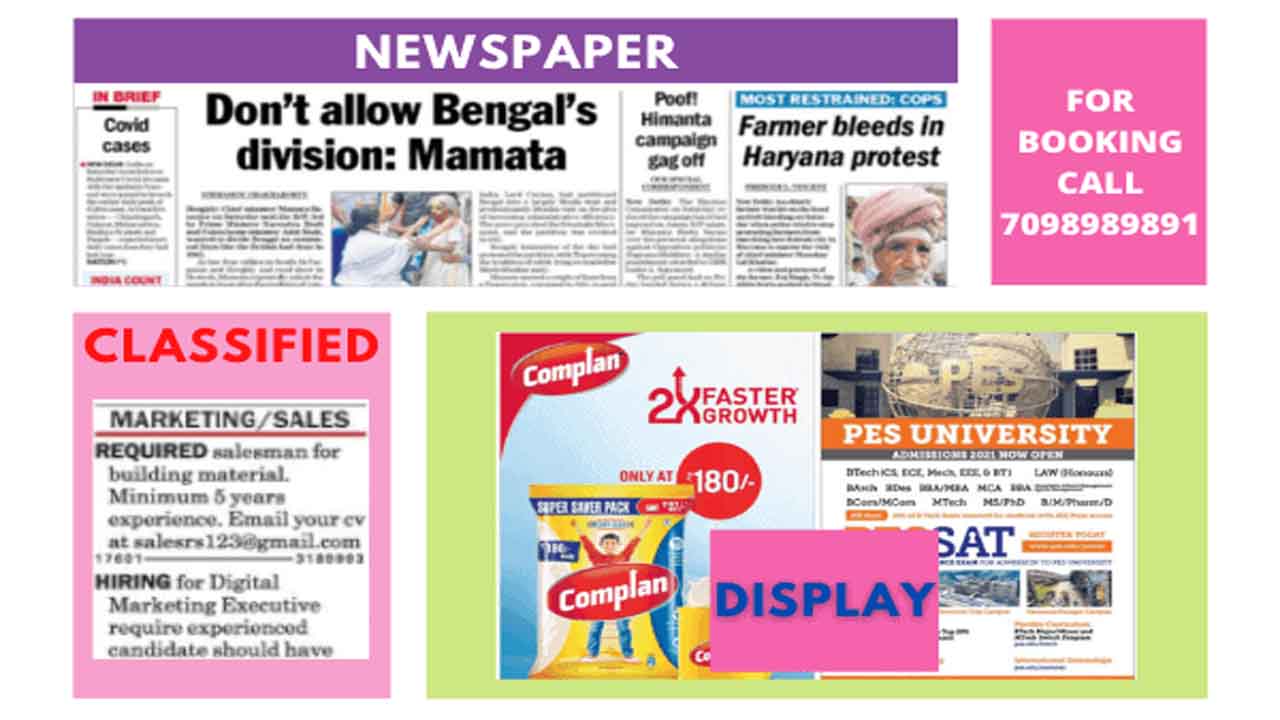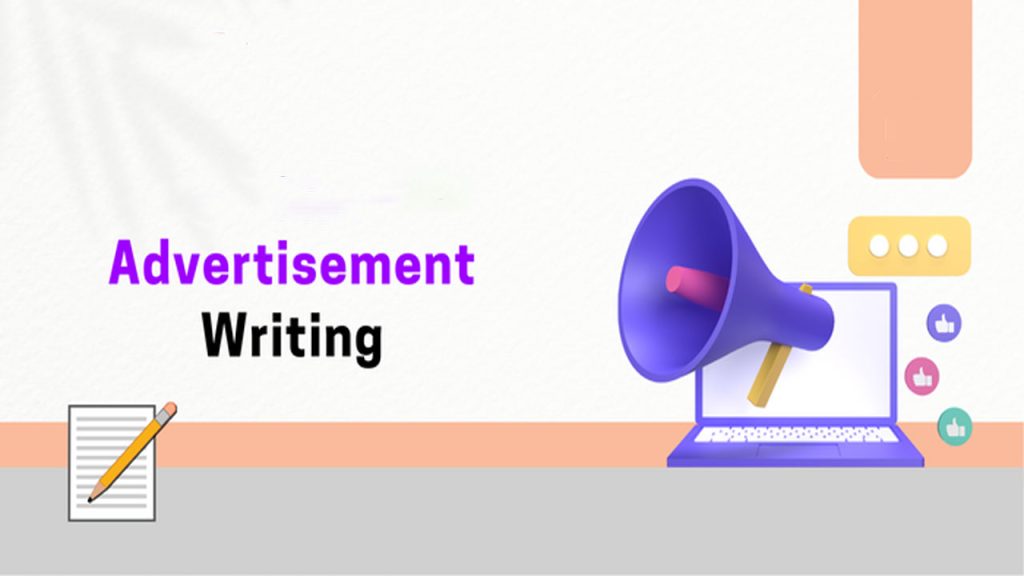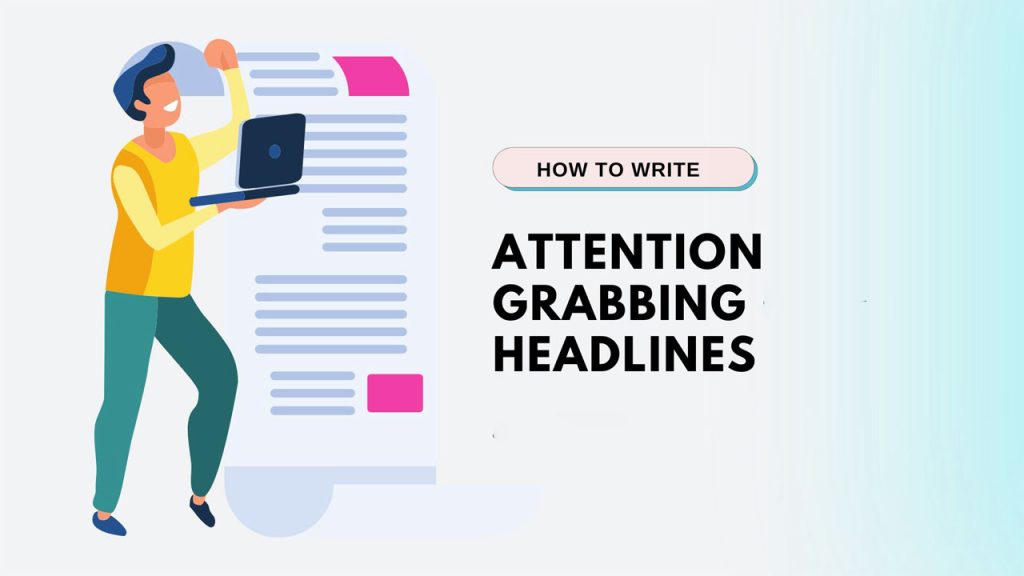How to Write a Newspaper Advertisement: A Comprehensive Guide

A good ad in the newspaper is the result of a combination of creative imagination and strategic thinking that must also take into account the target audience for which the message is intended. Unlike some other media, newspapers have limited space to say what one wants, so it becomes imperative to work on the fundamentals of clarity, brevity, and punch. Whether one is advertising a product, introducing a service, or making people aware of their brand name, the advertisement must catch the attention of the reader and provoke action. This blog post will help you in the process of constructing an effective newspaper advertisement that has everything about it—from the headline to the call-to-action strategy.
Key Points
- Importance of Clarity: This is very important when space is limited.
- Know Your Audience: Targeting the right audience can elevate engagement.
- Parts of an Effective Advertisement: All elements must come together as a whole.
- Evolving Media Landscape: Keep abreast of trends in print media in order to remain relevant.
- Goal-Oriented: Address specific marketing objectives through your advertisement.
A good newspaper ad requires an understanding of the target audience. Ideally, knowing the demography and preferences of the reader could help design the content that is directly to their attention. A well-written advertisement could increase brand recognition, create leads, and ultimately increase business growth. Every element of an advertisement, whether it is the headline, body copy, or imagery, should support the core message together.
With steady growth in the newsprint medium, writing newspaper advertisements remains a highly useful skill for marketing professionals. In the following sections, we will spell out step by step how to write an effective newspaper advertisement, breaking down such an ad into its components and also guiding you on best practices to maximize engagement.
Steps for Writing a Newspaper Advertisement

Step 1: Craft Your Attention-Grabbing Headline

Possibly, the most critical feature of an advertisement in a newspaper is its headline, as it is usually what one sees and reads first. An effective headline should be short, arresting, and appealing to the reader. The goal is to capture readers’ attention instantly so that they read more of the advertisement. This can be done by means of powerful words for action, questions, or even highlighting the most important benefits of the product or service. For example, “Save 50% on Your Next Purchase!” immediately catches attention with a clear value proposition.
Key Points for the Headlines That Grab Attention:
- Keep it Short or Concise: Ideally, between 5 to 10 words.
- Purpose-Driven: The headline should aim toward the purpose of the advertisement.
- Value Proposition: What would the reader gain?
- Urgency: Words of urgency are used in order to create a sense of action.
- Strong Words: Use action words or questions while framing it to make it interesting for the readers.
Other than creative thoughts, the headline needs to fulfill the overall objective of the advertisement. If it is a recruitment advertisement, it needs to have a post number such as “Hiring Now: Senior Marketing Manager.” It is a strong approach. Hence, the prospect himself will be able to decide whether that applies to him or not.
For the sale promotion headline, it is best to tell readers about the urgency, such as “Limited Time Offer: Up to 70% Off!” This creates a scarcity and encourages the reader to respond at the earliest opportunity.
Finally, make the headline concise and effective. Newspaper ads generally take up a smaller amount of space; hence, you should avoid lengthy phrases because they sound rather watery. A 5 to 10-word headline is fine: it says just enough to hook the reader’s interest and does not burden the reader. In short, it all begins with the headline.
Step 2: Compelling and Concise Body Copy
That then goes on to capture the attention of the reader with a great headline; it has to produce the body copy of the advertisement. The body copy ought to elaborate on the product, service, or announcement being used in such concise and clear words. That is normally starting with what makes the offer different—its USP.
- Highlight Key Features: Write down the key features, benefits, and special offers that make it different from its competitors.
- Simplicity: Make it simple and without jargon so that the message can be easily understood by all the targets.
Key Takeaways on Body Copy:
- What Unique Selling Proposition Is: Explain what makes the product or service unique.
- Build the Logic: Arrange the text from major to minor, not destroying logic.
- Use Common Language: Use simple vocabulary for a wider audience.
- Easy Scanning Format: Utilize bullet points and short paragraphs.
- Clarity: Focus on delivering essential information without unnecessary clutter.
Organize content in a logical way, where the most critical information would appear first. If the ad is about new product launches, the content should start with an introduction of the product followed by major features and value for customers. In the case of a recruitment ad, the job title and qualifications required,, along with the major benefits of working with the company, should come out clearly in relation to building interest and nudging readers to the next step in that action.
Use bullet points or very short sentences to break up the text so that it’s easy to scan down. Don’t take too many lines at once because the length may scare readers away from the ad. It is all about presenting information in an easy-to-read format that keeps the reader’s interest to the final point. When it comes to cutting through the clutter, remember that less is often more: say what you need to say in an engaging but clutter-free way.
Step 3: Include a Potent Call-to-Action

A call to action, or CTA, is the final key part of a newspaper advertisement. A CTA directs the reader to take action, such as going into a store, calling this number, or visiting that website. If there is not a clear call to action, then the most intriguing ad will bring nothing.
Develop a CTA that’s clear and actionable to get readers responding now. Phrases such as “Call Now for a Free Consultation,” “Visit Us Today for Exclusive Deals,” or “Shop Online at www.example.com” simply let you know what you want the reader to do.
Key Elements of an Effective Call to Action:
- Specificity: Clearly state the action you want from the reader.
- Visibility: The CTA has to be highlighted with contrasting colors or fonts.
- Urgency: Some time-sensitive phrases would motivate action immediately.
- Contact Information: Ensure phone numbers, addresses, or URLs are easy to locate.
- Easy URL to Remember: Use an easy URL to remember and straightforward action for online ones.
CTA should be according to the ad’s purpose. In case the purpose of the ad is to obtain some inquiry through the phone, ensure that the phone number will be easily viewed and readable. For those advising on going to the physical stores, include the address and their operating hours. For online actions, for instance, when visiting a website, use a simple and memorable URL.
Add, if feasible, a sense of urgency, for example, “Offer Ends Soon” or “Limited Stock Available,” as a motivator for immediate response. Make sure the CTA differs in appearance from other text on the page. Make it bold, with different colored text, and/or set it off in its own box. The CTA should interrupt as little as necessary and be the obvious call-to-action from your ad. Overall, a well-done CTA can really make the difference between a lay reader and a future customer in a newspaper advertisement.
Final Thoughts
An effective newspaper ad requires more than writing a catchy headline or selecting the right words. Instead, it demands a strategic representation of clarity, impact, and relevance in a very small space. These steps—headline, concise copy body, and a strong call to action—will place businesses best optimizing their newspaper ads for maximum engagement and results.
Key Takeaways in Final Thoughts
- A Clear Approach: Makes your ads effective.
- A Clear Message: This is much more likely to resonate with the reader.
- Tailor Your Message: Towards your audience, this automatically gets more eyeballs on your ad.
- Print Is Still Important: Sometimes, you just want to get your message to somebody who reads the newspaper.
- Continuous Learning: You must keep evolving with changing media landscapes and continue to hone your skills.
Newspaper ads are a fantastic source of advertising for media seeking to reach an intended audience, and local and regional markets are no exception. The art of composing a newspaper ad fills the need to know the subtleties of writing newspaper ads and how businesses can craft messages that communicate well with readers to spur action. Just as the preferences of consumers shift with time, mastering this skill will be essential to businesses looking to establish more visibility and effectively connect to them.
An excellent advertisement in a newspaper should be a multi-element approach that also integrates knowledge of the audience, writing highly captivating headlines, body copy for clarity, and call-to-action. The techniques indicated in this guide can help businesses come up with ads that would really work well in communicating the message to their target audience. With these strategies, businesses can leverage the maximum effects of their paper advertisements and put across influential results.
